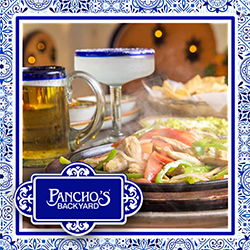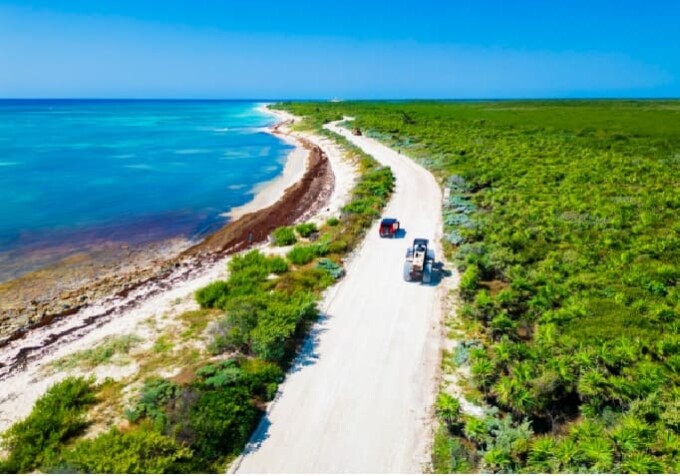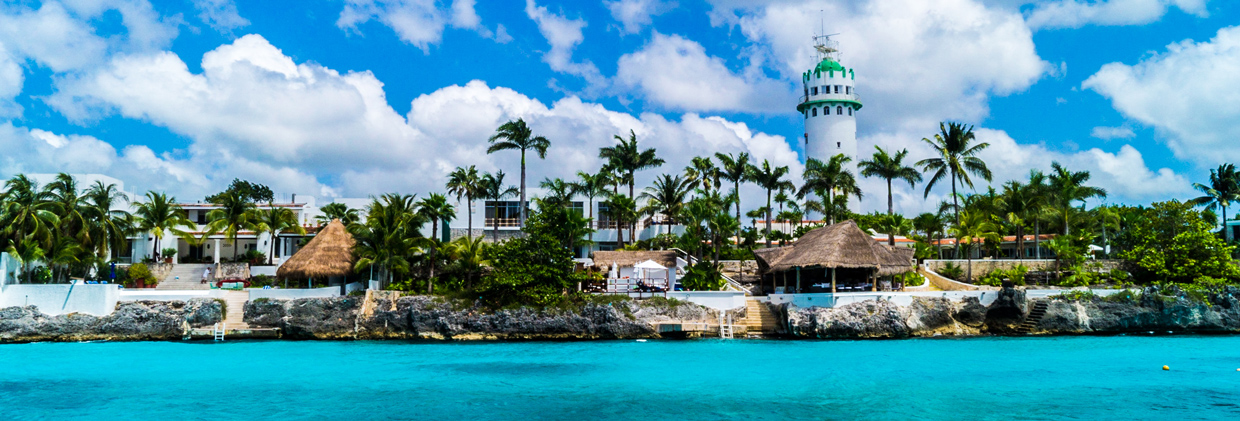Honoring Traditions: “Las Cabañuelas,” Mayan Weather Predictions
The ancient Mayans are revered for their knowledge of astronomy, however, they have also left behind another gift, the tradition of “Las Cabañuelas,” which has survived over 500 years. According to tradition, the first twelve days of the year represent the weather for the each month in the year (January 1st = January; January 2 = February, and so on). When reaching January 13, it goes the other way around, this is, January 13 is December, January 14 is November, and so on. This cycle ends on January 24th, hereafter each remaining day represents two months, morning being one month, in this case January, and afternoon representing February. Then, on the 31st day of January, the 24 hours in the day represent one month starting at 01:00 am until noon (December) and then going backwards again.
The Mayans, and later the Spaniards, used this system to predict the weather, with January being the month that forecasted the rest of the year. A Franciscan monk traveling with Christopher Columbus, wrote: “Through their gods and observations on the first days of the year, the natives know which days will be good and which will be bad, which will be rainy and which will be dry”.
According to a very knowledgeable local historian, who has for many years, been tracking the weather using this system, has found it to still be relatively accurate. For more information on this interesting Mayan Tradition, and how the weather can be predicted, check out the following link.
Monica Sauza, Expert Translator, has been a Cozumel resident for 32 years
This story originally appeared in the weekly Cozumel 4 You NEWS – the island’s number one source of positive information about our island! Be sure and subscribe to the weekly NEWS to find out all the island events!…
Otra fugitiva de la Ciudad de México. Mónica ha hecho de Cozumel su hogar definitivo. Desde su llegada en 1981, trabajo en turismo en todos los lugares habituales: hoteles, buceo, aeropuerto, ferries, hasta que se abrió la oportunidad de desempeñarse en su campo. Desde finales de la década de los años 70 Mónica ha estado traduciendo e interpretando, dedicándose plenamente a ello a partir de 1998, y ha asistido a extranjeros y locales de la Isla a establecer su residencia y sus negocios. Es traductora con gran experiencia, ávida historiadora y una gran fuente de tradiciones y leyendas locales.
- Mexican History 3 Kings Day - January 8, 2025
- 2025 Mexican National Holidays - January 3, 2025
- Mayan Weather Predictions - January 2, 2025
Another escapee from Mexico City, Monica has made Cozumel her definite home. Since her arrival -in 981- she worked in tourism in all the usual venues: hotels, scuba diving, airport, ferries, until the opportunity to practice in her chosen field grew. Since the latter part of the 70s Monica has been translating and interpreting, fully devoting herself to it since 1998, and has assisted foreigners and Island residents establish residence and businesses- She is a Translator with extensive experience, an avid historian and a great source of local lore and legends. Otra fugitiva de la Ciudad de México. Mónica ha hecho de Cozumel su hogar definitivo. Desde su llegada en 1981, trabajo en turismo en todos los lugares habituales: hoteles, buceo, aeropuerto, ferries, hasta que se abrió la oportunidad de desempeñarse en su campo. Desde finales de la década de los años 70 Mónica ha estado traduciendo e interpretando, dedicándose plenamente a ello a partir de 1998, y ha asistido a extranjeros y locales de la Isla a establecer su residencia y sus negocios. Es traductora con gran experiencia, ávida historiadora y una gran fuente de tradiciones y leyendas locales.
Cozumel Punta Sur Road Repair
Cozumel Punta Sur Road Repair Cozumel’s Punta Sur Road to Have...
Mexican History 3 Kings Day
Mexican History 3 Kings Day The Significance of January 6th & February...
New Year’s Traditions Mexico
New Year’s Traditions Mexico New Year’s Traditions and Rituals in Mexico....
Mayan Weather Predictions
Mayan Weather Predictions Honoring Traditions: “Las Cabañuelas,” Mayan Weather Predictions The weather...




















Leave a comment